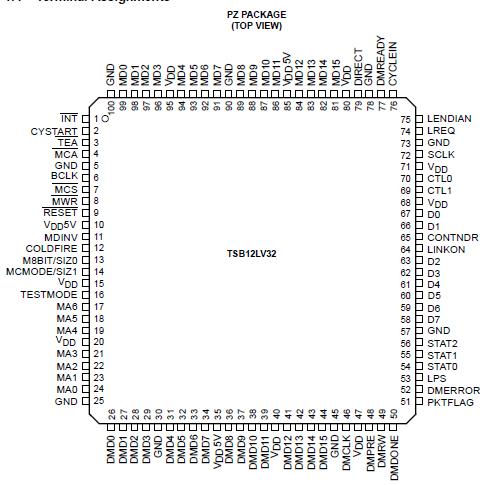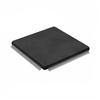TSB12LV32-EP: Features: • Controlled Baseline• One Assembly/Test Site, One Fabrication Site• Extended Temperature Performance of 40°C to 110°C• Enhanced Diminishing Manufacturing Sources (...
floor Price/Ceiling Price
- Part Number:
- TSB12LV32-EP
- Supply Ability:
- 5000
Price Break
- Qty
- 1~5000
- Unit Price
- Negotiable
- Processing time
- 15 Days
SeekIC Buyer Protection PLUS - newly updated for 2013!
- Escrow Protection.
- Guaranteed refunds.
- Secure payments.
- Learn more >>
Month Sales
268 Transactions
Payment Methods
All payment methods are secure and covered by SeekIC Buyer Protection PLUS.

 TSB12LV32-EP Data Sheet
TSB12LV32-EP Data Sheet








